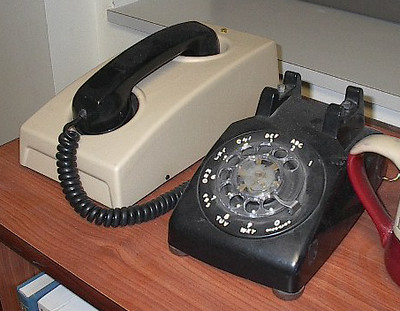You’ve been offered a top level domain name that reflects the very core of your business. And you’re confident that if you own this domain name, your website will dominate search engine results and website traffic will be yours. Well, maybe not so fast.
I have a injury attorney who was offered the domain caraccidentschicago.com. At first glance this seems appealing to a firm looking to acquire clients who have been injured in a car accident. Let’s dig deeper.
First, What’s the Deal?
Is the alleged owner of this domain, the actual owner? And what is being offered for sale? Will the domain be fully transferred or do you merely gain access for the purpose of developing a site on a server owned by the seller. It can be murky. So buyer must beware. And perhaps the selling price is low. But once you inquire and get seller gets the ring in your nose, additional transfer fees or even ongoing payments become evident.
Congratulations. You Own a Cool Domain
You buy the domain and everything is cool. Now what? There is only one option. You must build a full content rich website. Don’t even think about redirecting your cool domain to your existing website. The search lords will not respond kindly to that misdirection. Better that you rebuild your site around the new domain and then redirect your old non-keyword-rich domain to the new cool keyword rich domain. So you’ve got some work to do.
But Maybe Not Such a Great Domain
Wait. Is that domain as good as it seems? Sure, it has keywords that relate to your business. Words like car, accident and your city. What happens when you do a search on these particular words? In this particular case a search for “car accident chicago” turns up, no surprise, car accidents in Chicago as reported by lots of new media. What seemed at first to be a no-brainer turns out to be simply a non-starter. And in this case, missing words like “injury” or “lawyer” relegate this search to the disaster realm of the internet and not to helpful resources for people injured in motor vehicle accidents. Words matter.
To Re-Cap
- Domain acquisition from 3rd parties can be tricky. Proceed with caution
- Keyword rich domains require solid content-rich websites to be effective search magnets
- Seemingly relevant keyword-rich domains may not have the star power you expect. Do your research.










